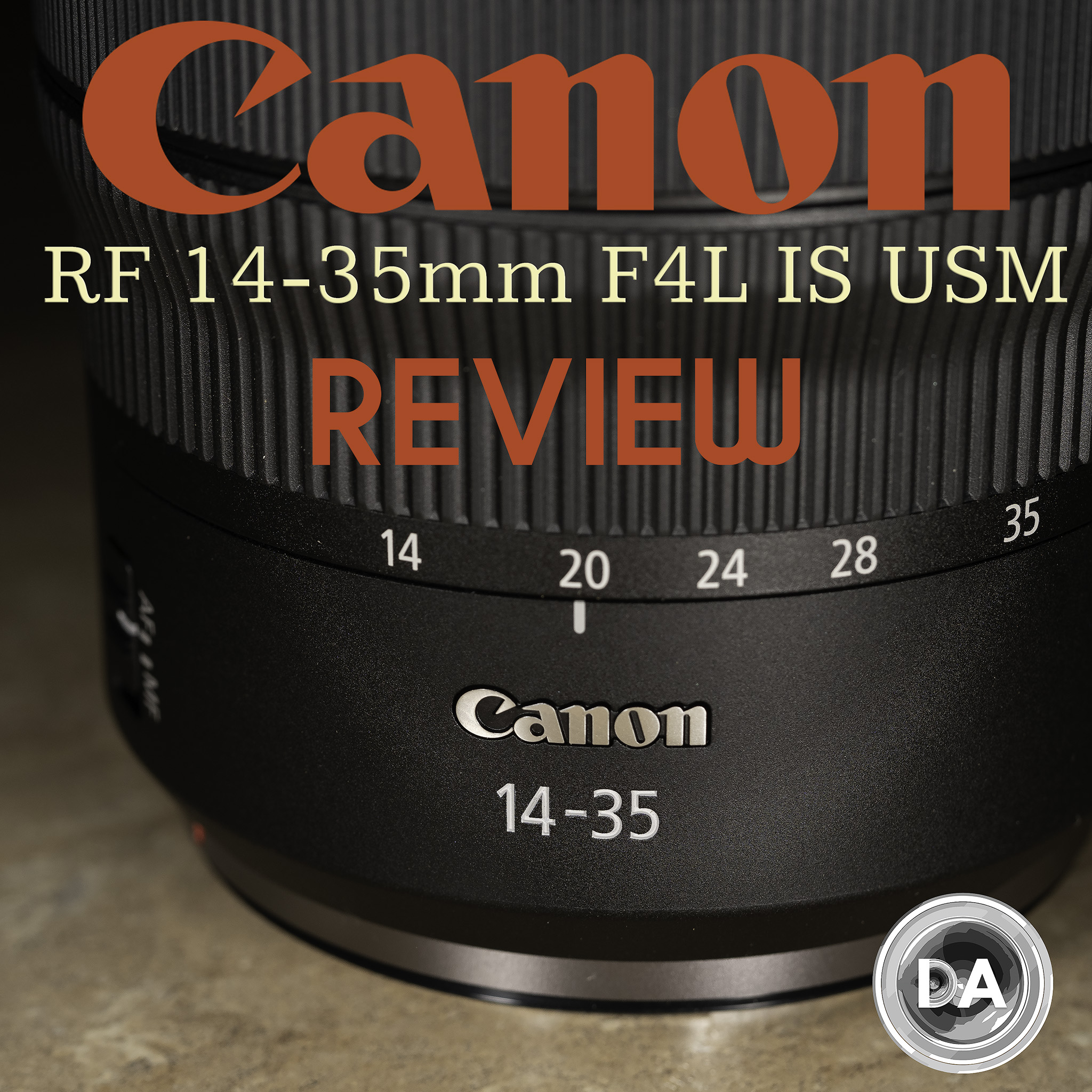I'm not a lens tester, and have little interest in photographing flat images from a very short distance away with an ultra wide angle lens. I prefer to use a longer lenses for that sort of work. Nor do I have much interest in what an image looks like at 400% when viewed from a foot or so away on a large computer monitor.
With the above in mind, here's a brief summary of my limited still photography use of the RF 16mm f/2.8 on my EOS RP (so a budget lens on a low [relatively] cost body). I also should note that my comments are based on results from SOOC JPGs and RAW shots processed in Canon DPP (both of which perform lens corrections automatically).
In photos where the closest object to the lens is more than a few feet away, high magnifications appear to show pixelation becoming an issue by the time image quality becomes obviously soft. At lower magnifications like 100%, photos are reasonably sharp anywhere in the frame.
For very close-up images only inches away, differences between center and corner sharpness become more apparent. I find it very challenging to capture dynamic UWA shots that draw the viewer into the photo, images where some of the objects are often only inches away. Finding a good balance of sharpness/depth of field has always proven the most difficult task in capturing those images for me. And finding that good balance generally overshadows limitations of corner sharpness in an UWA lens (for me).
In photographing interior rooms in a house, most objects are more than a few feet away. So most things are rather small as captured with a 16mm lens. And unless the photos are going to be viewed at more than 100% (which is unlikely in most cases) everything will appear acceptably sharp from the RF 16. If you insist on zooming in to 400% and trying to read an open book on the coffee table 10' away, you are probably going to be disappointed.
If capturing outdoor landscapes where most everything of interest is 20+' away, the small size of those objects makes it nearly impossible to capture great detail of those objects, especially with a $300 lens on a 26MP body. So the inability to capture fine detail is going to be driven much more by the small size of the objects than a lack of lens sharpness. Even objects 20+' away in the center of the image where a lens is sharp are going to be too small to capture stunning detail.
I have no experience with astrophotography, so I won't comment on that. And I'm not into video, so I won't address that use either. As far as general use, or hiking/travel, I suppose the lens would work OK. But unless there is an object of interest that one can get real close to, or on top of, the picture from a UWA lens is likely to be boring. So for most of those occasions, I consider a UWA is a poor choice. Using a UWA lens one can surely "get it all in", but in most cases everything will probably be so small the viewer will be left wondering what the subject is (because everything is so small).
I'll also comment on the use of filters. The lens is threaded for 43mm filters. The standard 43mm UV filter I have on the lens does not appear to introduce any additional corner shading. I don't have a standard 43mm Grad or Polarizer to try, so I don't know if they will cut the corners or not.
If you are thinking about using step-up rings, be careful. There is a small lip on the lens front that extends forward beyond the retracted position of the lens. Any step-up ring 58mm or greater attached directly to the lens will hit that small lip when the lens retracts in the off position. Use of step-up rings in front of an attached UV filter negates that issue, but many photographers don't like to stack filters. A standard thickness 58mm polarizer or similar filter may shade the corners a bit when stacked with a standard 43mm UV filter. But a standard thickness 67mm polarizer or similar filter does not appear to shade the corners when stacked with a standard 43mm UV filter.
The use of "thin" filters obviously can impact the above in a positive way, but I don't know from experience how much of an improvement they might offer.
Overall, the lens is very handy and quite easy and enjoyable to use. Those wanting to photograph printed material a few inches away and/or enjoy searching images at 400% will probably be disappointed in the corner sharpness. Those taking pictures of most other things in typical ways will probably be happy with the lens.




